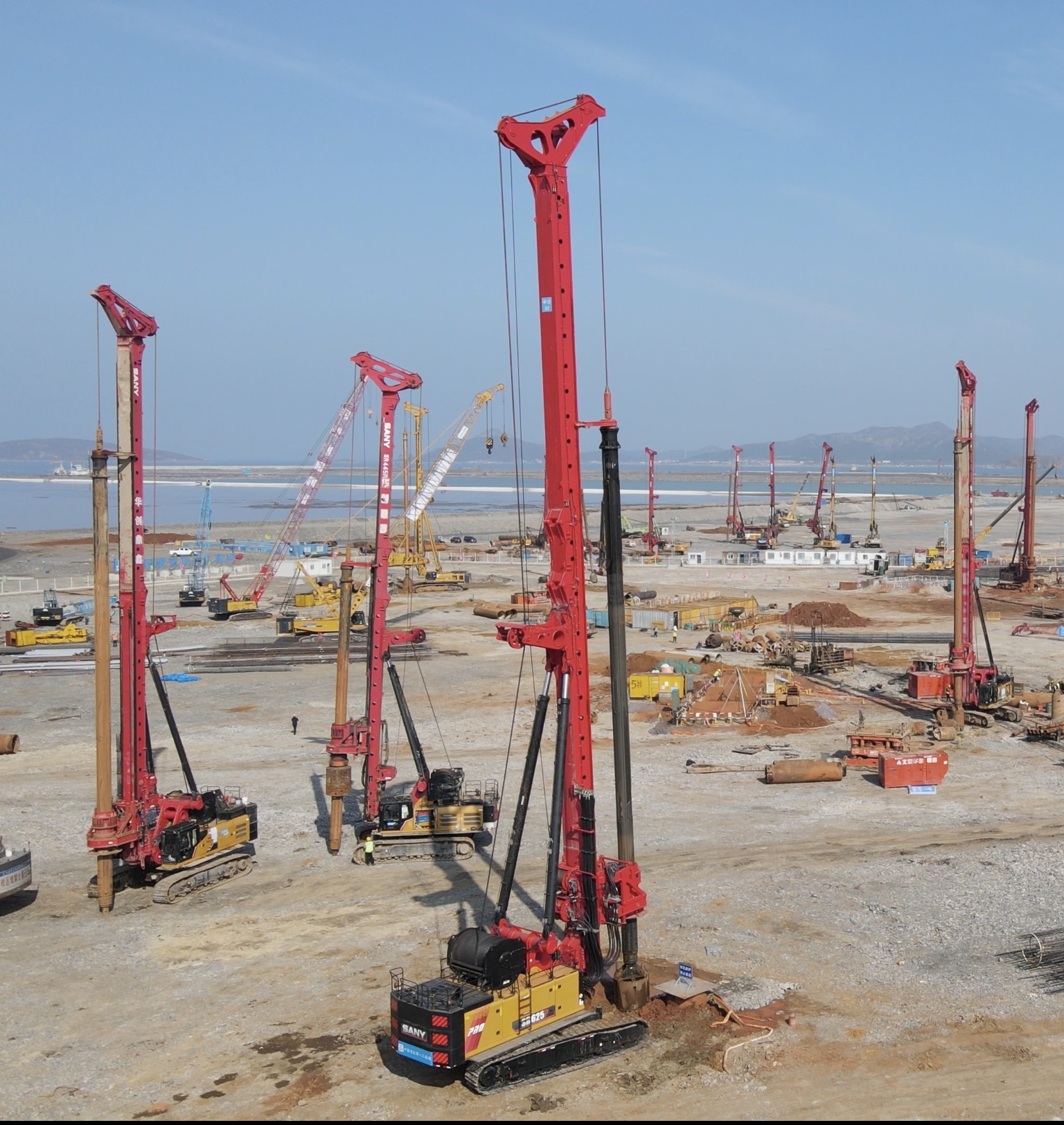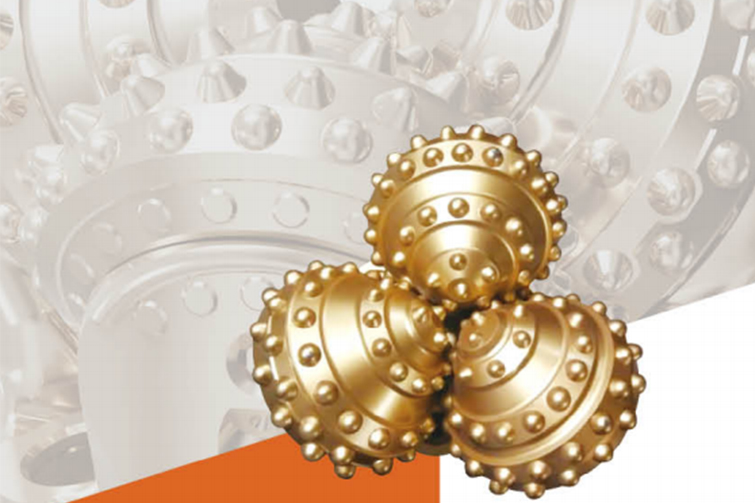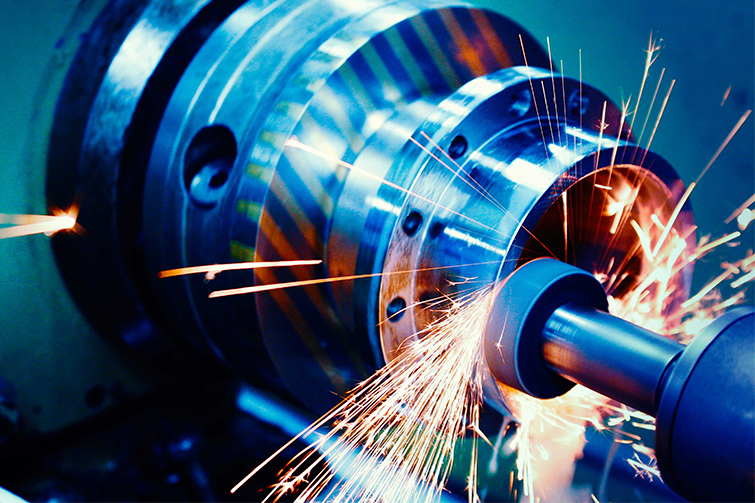

Advancements and Applications of Photovoltaic Pile Hammers in Modern Construction

Technical Principles and Design Innovations
Photovoltaic pile hammers, often referred to as solar pile drivers, are specialized equipment used to install foundation piles for solar panel arrays. These devices operate on hydraulic or vibratory mechanisms to drive piles into the ground with precision. Key technical aspects include the use of high-frequency vibration systems that minimize soil disturbance and ensure pile integrity. For instance, in a recent project in Arizona, we employed hammers with adjustable impact energies ranging from 5,000 to 20,000 joules, tailored to varying soil densities. This adaptability reduces installation time by up to 30% compared to traditional methods. Additionally, modern designs incorporate GPS and IoT sensors for real-time monitoring, allowing operators to adjust parameters like frequency and amplitude on-the-fly, enhancing accuracy in uneven terrains.
Operational Parameters and Best Practices
To achieve optimal performance, specific parameters must be considered. For sandy soils, a vibration frequency of 25-40 Hz is ideal, while clayey soils may require frequencies as low as 15 Hz to prevent pile damage. Pile materials, typically galvanized steel or aluminum, should have a minimum yield strength of 355 MPa to withstand dynamic loads. In our work on a 50 MW solar farm, we standardized pile diameters at 100-150 mm and lengths of 2-3 meters, depending on frost depth and wind load calculations. Regular maintenance, such as checking hydraulic fluid levels and wear parts every 200 operating hours, is crucial to avoid downtime. By adhering to these guidelines, projects can maintain a pile installation rate of over 100 units per day, significantly boosting productivity.
Economic Benefits and Market Impact
The commercial value of photovoltaic pile hammers extends beyond technical efficiency. They lower overall project costs by reducing labor requirements and accelerating installation timelines. For example, a study of solar farms in Europe showed that using advanced pile hammers cut foundation costs by 20-25%, translating to savings of approximately $50,000 per megawatt. Moreover, their eco-friendly operation, with noise levels often below 75 dB, facilitates compliance with environmental regulations, opening doors to subsidies and green certifications. As the global solar market grows at a CAGR of 15%, investing in these technologies not only enhances competitiveness but also supports sustainable development goals, making them a smart choice for forward-thinking construction firms.
Common Questions
What are the main advantages of using photovoltaic pile hammers over conventional methods?
Photovoltaic pile hammers offer higher speed, reduced environmental impact, and better precision, leading to cost savings and improved project timelines.
How do I select the right pile hammer for my solar project?
Consider soil conditions, pile specifications, and project scale; consult technical datasheets for parameters like energy output and compatibility with local regulations.








